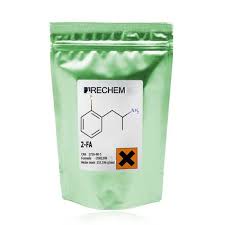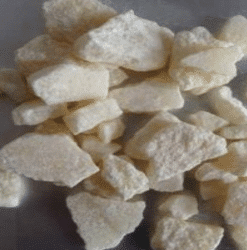Buy 3-MMC Online3-MMC
$200.00 – $940.00
Being a chemical analogue of the phenethylamine, amphetamine and cathinone class, this synthetic compound shares very close chemical similarity with 4-MMC or mephedrone, which is well known to cause sympathomimetic effects closely related to other stimulant like chemicals. Officially described in the literature as 4-methylmethcathinone or 3-methylephedrone and later being abbreviated as 3-MMC, this research chemical has clearly been resurrected for laboratory studies due to its fascinating chemical core and clear hypothesized affinity for the closely studied monoamine transporters; Dopamine (DAT), Seretonin (SERT) .
Although 3-MMC is hypothesized to activate various receptor pathways commonly associated with other cathinone like compounds, no official in vivo studies have been conducted on humans. It has therefore been confined to in vitro affinity testing in secure laboratory conditions. Much of the information regarding 3-MMC is taken from the previous research conducted on its chemical cousin 4-MMC and to a lesser extent 2-FMA.
Based on this previous information and some basic pharmacodynamics knowledge, it would be fair to assume that 3-MMC (like 4-MMC) is able to act as a releasing agent for dopamine, serotonin and noradrenaline. However, due to the time frame between its characterization and global availability it would be wrong to make such assumptions without rigorous testing in controlled conditions.
Warning
Research chemicals delivered by onlinemedchems chemicals including 3-MMC, can only be used for supervised in vitro studies under adequate laboratory conditions. Human or animal ingestion of research chemicals is strictly prohibited by our Terms and Conditions and could be potentially harmful. Please consult local sources to determine legality of 3-MMC in your country before placing an order through the website.
| Quantity | 10 grams, 20grams, 30grams, 40grams, 50grams, 60grams |
|---|
Be the first to review “Buy 3-MMC Online3-MMC” Cancel reply
Related products
Research Chemicals
Research Chemicals
Research Chemicals














Reviews
There are no reviews yet.